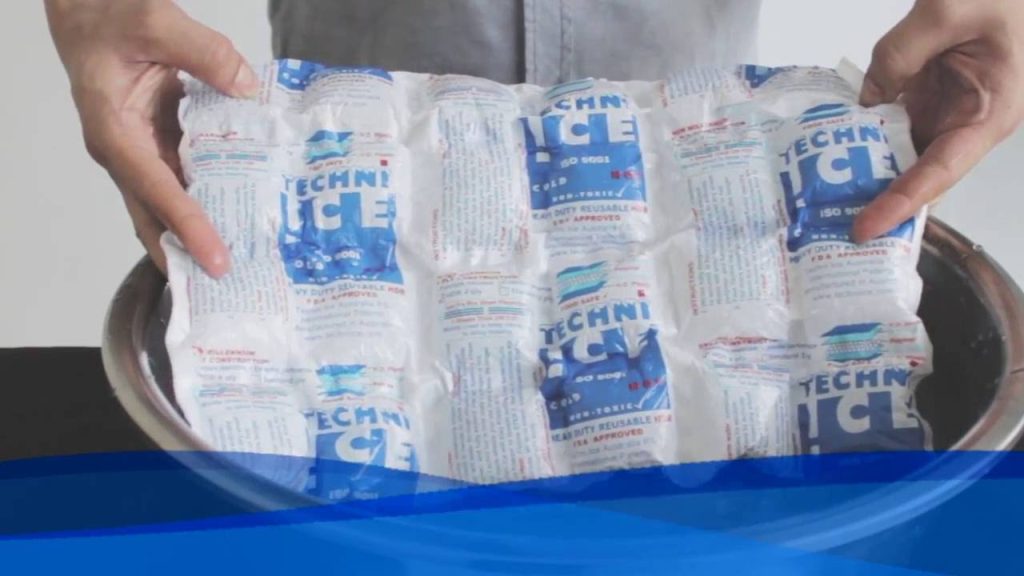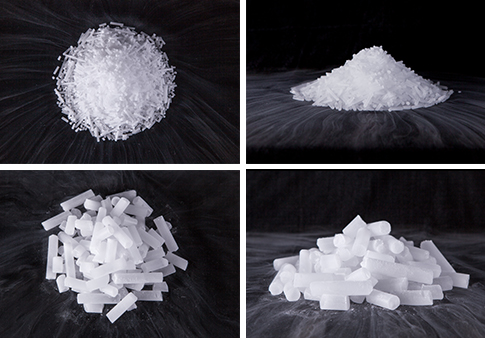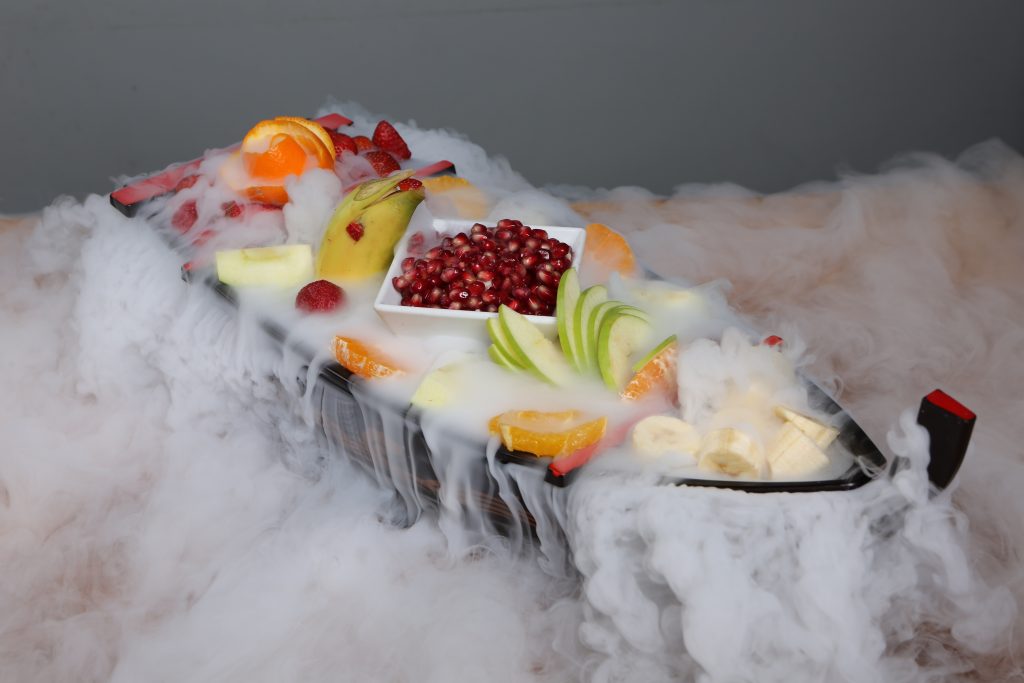The Whats and Hows of Dry Ice
Do you know what dry is exactly? Do you know how it’s made or where you can use it? Dry ice is a strange, small concoction that has many applications. It’s used in the medical field, in food production, for industrial purposes and during transportation. It’s called dry because instead of melting like regular ice, it evaporates. It’s pretty cold and can reach a temperature of -80 degrees Celsius. It’s also very dense. That’s why it doesn’t sink to the bottom of the containers when you use it.
What’s Dry Ice?
Dry ice is actually another form of carbon dioxide, its frozen state to be exact. It can fall to temperatures as low as –78 degrees Celsius. When submerged into gas under normal atmospheric pressure, it won’t leave any wetness or dampness behind. This substance is safe for use with food because it consists solely of gas.
Because of this, many chefs use it in the kitchen when they don’t have time and need to freeze their pudding or ice cream as soon as possible. But dry ice isn’t a toy. It should be handled very carefully because of the low temperatures it achieves. If it comes in contact with bare skin, it will cause burns. If you plan on using it, do it in a well-ventilated area. Otherwise, it can cause suffocation.

Don’t buy dry ice from any supplier. Choose a reliable one, someone with a lot of experience in making it. Someone who has a lot of satisfied customers and good reviews. If you want to make a good investment, buy reusable dry ice packs with superior insulation. You can use them over and over again and will stay frozen for days.
Short History
Did you know that dry ice started its journey in the 1900s? It was first commercially produced in the 1920s and got its name in 1925. Once it was on the market, people noticed it and started using it for different purposes in different industries. As soon as people understood how practical and helpful it could be, the need for dry ice increased significantly.
One example is the food and agriculture industry. They used it to keep products fresh during transport and prevent them from rotting. Dry ice does this by keeping a long temperature and preventing the development of bacteria. When the goods travelled in high temperatures, it also prevented them from deteriorating. It kept everything fresh, tasty and crisp.
Another industry that started using dry ice is the entertainment sector. They used it to create smoke without actually having to burn something and put anyone in danger. Pest management professionals also benefited from using dry ice. They used it to shut gopher burrows without hurting the wildlife. Some people even used it to repel mosquitoes and as a cleaning solvent to prevent corrosion.
How It’s Made
Dry ice is a result of the refining of ammonia, petroleum and other chemicals. Taking it during the ammonia production process is the most efficient way to make it. This is the process most manufacturers use. Others burn natural gas and separate the carbon and hydrogen atoms in the process. After this, they combine the nitrogen and hydrogen to create ammonia.
The left out carbon is then combined with oxygen and that’s how they get carbon dioxide. Once all of this is done, the manufacturer cleans the dry ice. This way they make it safe to be around food. They clean it with a chamber that absorbs CO2 and vents out the rest of the gasses. When all of them are removed, the absorbent is heated and releases the clean gas by a blast of clean CO2.
Now the excess CO2 can be removed and continues to the liquification stage. Here the CO2 is compressed and cooled. Once it turns into liquid it’s transferred to a room where it will gain its final solid state. Manufacturers then depressurise it to make a solid material. They place it in a tank and fill it to the standard atmospheric pressure.
As a result, the liquid loses its pressure and becomes gas once more. During this period, 46% of the carbon dioxide turns into snow, the gas expands, and the temperature decreases. The final step is to shape it into the ice blocks you see as the final product and turn them into reusable dry ice packs.
Types of Dry Ice

There are different kinds of dry ice. The distinction is made because of its shape. The first type is high-density dry ice. It’s easy to handle and lasts for a long time. People often use it for blast cleaning because it’s hard. Pellets are the second type. Compared to the high-density ones, they melt fast because of the larger surface area. They’re the ones chefs use in the kitchen.
Additionally, laboratories use them to conduct research and secure the transportation of lab specimens, including blood plasma. They also serve as a common tool for producing fog effects in theatre and film productions. The last type is the block dry ice. This one is large, heavy and doesn’t melt fast.
Where Can You Use It
There are numerous uses for the reusable dry ice pack across a wide range of sectors and businesses. When packages and containers carrying dishes, food, medical supplies, or chemicals need to be delivered, it’s used during their transportation. The food industry benefits the most from this creation. It can be used to freeze fruits, veggies, meat, ice cream and much more.
Many commercial kitchens use it as a fighting agent against bacteria on their kitchen counters and other surfaces. Bacteria and mildew are also something that the medical field is fighting against. So, they use it to preserve vaccines, organ transplants, blood samples and medical supplies. In some cases, doctors use dry ice to remove warts.
Tips for Safe Handling

Although dry ice is highly useful and has a wide range of applications, improper handling can make it dangerous and harmful. It’s best to use it in well-ventilated spaces because excessive evaporation of carbon dioxide can induce headaches, nausea, and even vomiting. Don’t try to swallow it and use thick gloves when working with it because the extremely low temperature can burn your fingers.
If you need to transport it somewhere, do it in a ventilated vehicle. Since it releases pressure, don’t store it in a sealed container. The best storage material for it is Styrofoam. And finally, don’t forget this, never throw dry ice down the toilet. The cold temperature can damage the piping.








